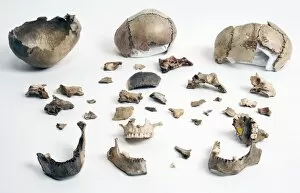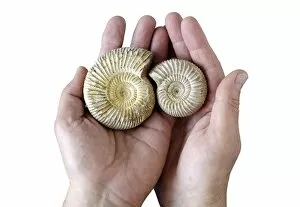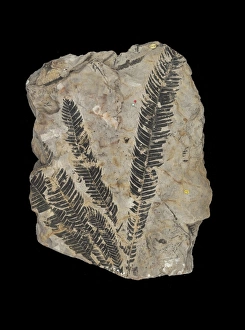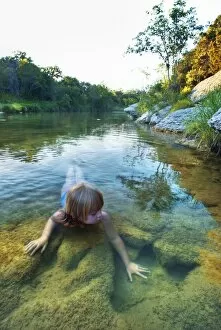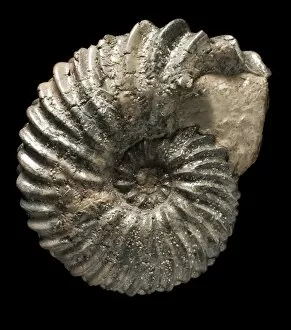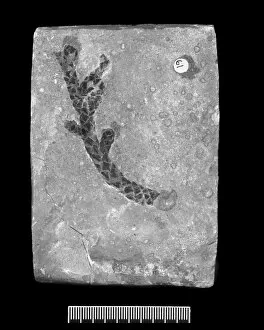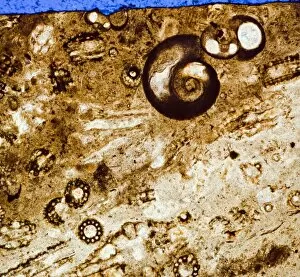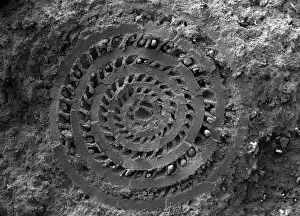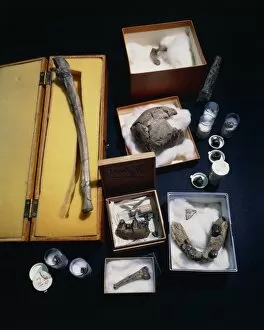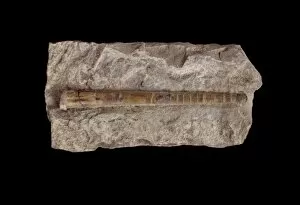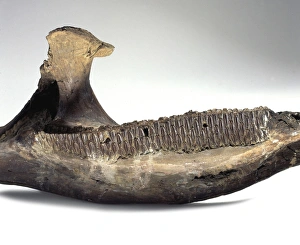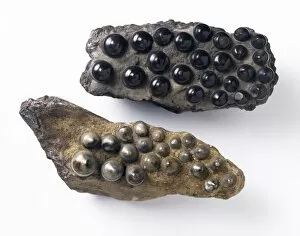Fossilised Collection (page 10)
"Fossilised: A Glimpse into Earth's Ancient Secrets" Step back in time with us as we explore the fascinating world of fossils
All Professionally Made to Order for Quick Shipping
"Fossilised: A Glimpse into Earth's Ancient Secrets" Step back in time with us as we explore the fascinating world of fossils, where history comes alive through these preserved remnants. From an awful changes cartoon to ancient footprints, each fossil tells a unique story of our planet's past. Let's start our journey at Laetoli, Tanzania, where the fossil footprints of early humans provide a glimpse into their daily lives. These imprints offer clues about their movement and interactions thousands of years ago. Moving on to the Archaeopteryx fossil, known as the Berlin specimen C016/5071, we witness nature's incredible transformation from dinosaurs to birds. This remarkable find bridges the gap between reptiles and avian creatures, shedding light on evolution itself. Speaking of human ancestors, Homo erectus (Sangiran 17) stands tall among them. Unearthed remains hint at their existence and raise questions about how they interacted with other hominid species like Homo sapiens and Neanderthals. Venturing into marine realms now, we encounter extinct marine reptiles that once ruled prehistoric oceans. The Asteroceras ammonite takes center stage with its intricate shell design that has been preserved for millions of years. Trilobites join our expedition too – these arthropods thrived in ancient seas before meeting extinction long ago. Their well-preserved exoskeletons offer valuable insights into Earth's early ecosystems. Intriguingly trapped within Dominican amber lies a tiny mosquito frozen in time. This minuscule creature provides scientists with invaluable genetic information from eras long gone by. Diving deeper underwater reveals another astonishing find – Ichthyosaurus acutirostris fossils unveil an aquatic reptile that once swam gracefully through ancient seas. These specimens allow us to reconstruct this magnificent creature's appearance and lifestyle.



